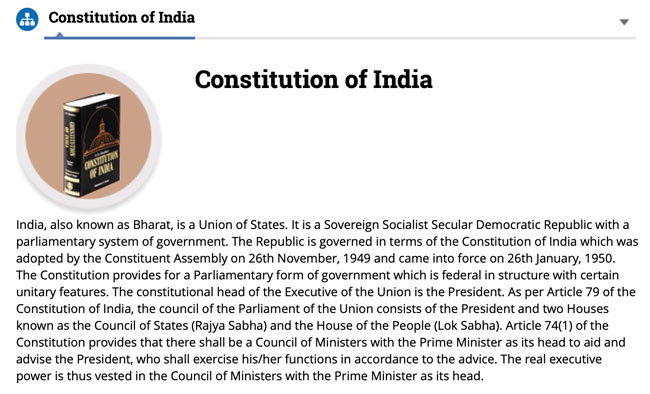The highly heterogeneous Adivasi (“original inhabitants”) represent India’s de facto indigenous peoples. De jure, however, they are not recognised as indigenous and are instead designated as Scheduled Tribes in the Fifth Schedule of the Indian Constitution. India is unique in having a highly sophisticated minority rights protection system for its Scheduled Tribes, which is, however, virtually ineffective because it lacks implementation on the ground.
Source: “First you push them in, then you throw them out”: The Land Rights Struggle of the Adivasi Peoples in India with Special Reference to South India. Indigenous Strategies and the (Inter)national Law Context by C. Aufschnaiter (Austrian Academy of Sciences)
URL: https://www.academia.edu/27938787/
Date visited: 22 February 2020
Land allocation and alienation: The Kaani tribal community inhabiting the forests of Kanyakumari
The Kaani tribal community inhabits the forests of Kanyakumari in 48 Settlements in the Western Ghats in Agasthiar Biosphere Reserve. Once a nomadic tribe, they have settled in the deep forests and jungles. They draw their livelihood sustenance from forest resources and the entire life revolves round forest ecology. […] – Davidson Sargunam | Learn more >>
The India Exclusion Report 2015, supported by UNICEF, UNFPA and UN Women
Who, if anyone, is excluded—or adversely included—from equitable access to public goods, why and by what processes is such exclusion or adverse inclusion accomplished, and what can be done to change this to a more just and equitable set of outcomes? e.g. the Particularly Vulnerable Tribal Group from the Andaman Islands [whose] situation is characteristic of, and holds lessons for, the situation of other uncontacted or recently contacted indigenous peoples, both in India and elsewhere. […] resulting in intense dispossession, sexual and economic exploitation, alarming health and nutrition declines as well as precarious survival.Concluding Words (p. 23-24): The picture that emerges from the report is in many ways grim and troubling, one that affirms that there continue to be significant populations that are consistently and often extremely deprived of access to public goods that are essential for a human life with dignity. | Learn more >>
[Bold typeface added above for emphasis]

“India, also known as Bharat, is a Union of States. It is a Sovereign Socialist Secular Democratic Republic with a parliamentary system of government.” – Constitution of India
Source: National Portal of India
Learn more about the Indian Constitution and decisions by India’s Supreme Court >>
Research the above issues with the help of Shodhganga: A reservoir of theses from universities all over India, made available under Open Access >>

Ādivāsi [ādibāsi] may be used in accordance with local conventions; and increasingly so for official purposes (e.g. in “Conserving Tradition and Practices of Adivasi Communities in India” published on NIDM.gov.in); Dr. Ivy Hansdak clarifies:
“Adivasi – which is derived from Sanskrit – is applied to the dark-skinned or Austro-Asiatic indigenous groups of India (usually those from Eastern India). It is a commonly-used term in Jharkhand, Bihar, West Bengal and Odisha. It is also used by the local Mongoloid tribes of North Eastern India for the migrant workers who were brought in as indentured labourers to work in tea plantations during the colonial period. ‘Tribal’ is a very broad term in the English language and includes all the different indigenous groups of India. The terms ‘indigenous’ and ‘aboriginal’ are not used often as the government claims most groups are indigenous in India. ‘Denotified Tribes’ is only used for those nomadic tribes who were notified as ‘criminal tribes’ during the British Raj [colonial rule]; later they were ‘denotified’ but still bear the stigma.” (emails dated 2020 & 2023)
Find publications by reputed authors (add “open access” for freely downloadable content)
PDF-repository: texts quoted & further reference (Google Drive) >>